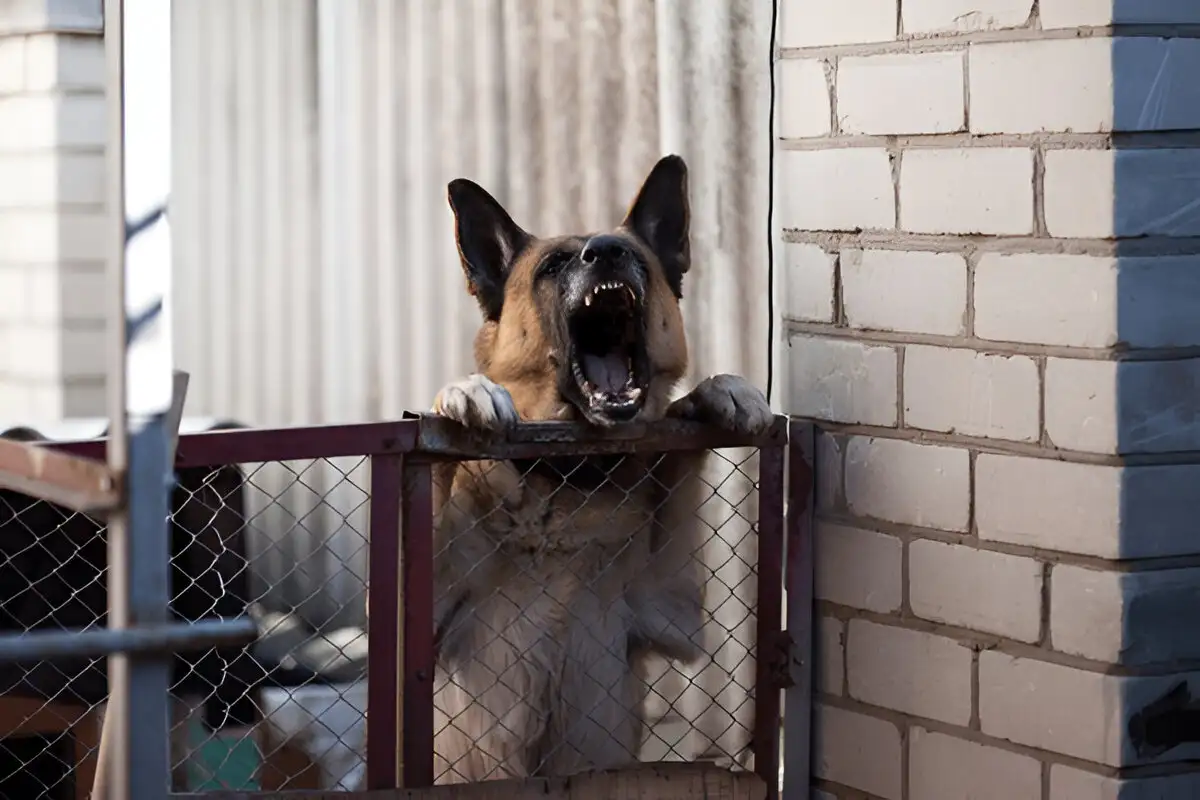-
·
Smart Dog, Happy Home: 2025’s Ultimate Brain Games
Unleash Your Dog’s Inner Genius: 2025’s Top Brain Games for Smart Pups Because a bored dog is a mastermind of mischief… Why Brain Games Are Your Dog’s New Best Friend Let’s face it: A bored dog is like a toddler with a Sharpie. They’ll redecorate your couch, reorganize your trash, or perfect their opera-singer impression…
-

·
How to Know if Your Golden Retriever is Happy?
How to Know if Your Golden Retriever is Happy: Tail-Wagging Signs Golden Retrievers are the ultimate sunshine incarnate—always wagging, always smiling. But behind those soulful eyes and goofy grins, how can you tell if your Golden is as happy as they seem? Let’s decode their secret language, from tail wags to bedtime sighs, so you…
-

·
The Truth About French Bulldog Separation Anxiety
Can French bulldogs be left alone? French Bulldogs, affectionately known as “Frenchies,” are a small breed that has captured the hearts of many dog lovers around the globe. Their charming demeanor, playful nature, and endearing appearance make them ideal companions for various lifestyles, from apartment dwellers to families in suburban homes. As social animals, French…
-

·
Welcome to lifeatherpaw.com: Your Ultimate Dog Blog
A Dog Lover’s Paradise The creation of lifeatherpaw.com stems from a lifelong passion for dogs that has shaped my life’s journey. Growing up surrounded by various breeds, I developed a profound appreciation for their unique traits and personalities. Each dog that crossed my path brought with it new experiences, lessons, and a deeper understanding of…
